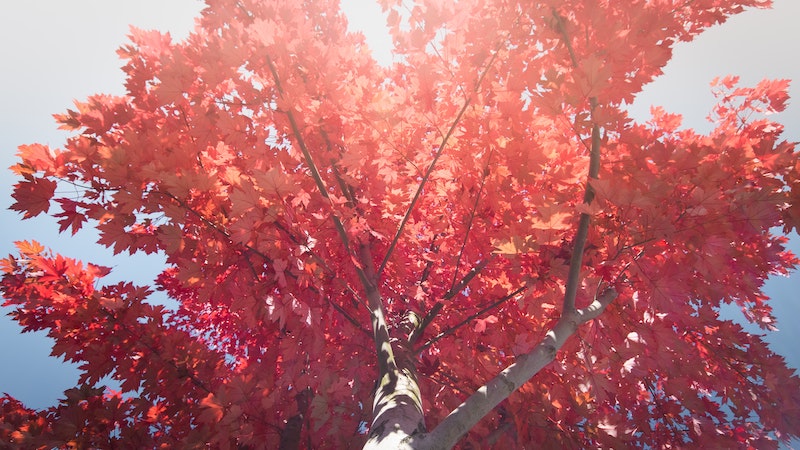Create the Pause: Intend More, React Less
Episode #8 of the course Embodied mindfulness: Tools for tuning in to your health, creativity, and purpose by Mina Samuels
Glad you’re back!
As we’ve talked about embodied mindfulness, balance, and process, I’ve mentioned those moments of release when we let go of outcomes, let go of our efforts to control. This is the pause.
The pause is a space that we all have the power to create. It is the extra room in our body-mind (heart) in which we accept where we are now and find the time we need to think before we act. The pause is an out-breath. We release reaction and invite intention.
One day in my spin class, the instructor asked, “Do you want to be right or be happy?” I thought about all the times I’ve made myself unhappy because I wanted someone else to know that I was right. Then, there are the times when I’m oh-yes-fist-pump-happy to be right. The rush is addictive. Like all addictions, rightness is an unsustainable pleasure that depends on everyone (and the universe) succumbing to my vision of what’s right. Does that sound familiar?
The thrill of being right is reactive. Being happy is an intentional pleasure. Through the intention to be happy, we find a path toward better health, increased creativity, and a clearer purpose. The way through our less happy moments or longer unsettled periods is to intend more, react less. This is a core principle of embodied mindfulness.
Of course, we can’t avoid all the setbacks that cause us suffering—illness, losing someone you love, a career failure, not being right all the time, etc. But when we bring intention to how we live, instead of simply reacting to what life throws at us, we have better skill to deal with what hurts.
So, how do we find the pause that empowers us to intend more and react less?
By getting to know ourselves through embodied mindfulness. The deeper our self-understanding, the steadier our course. It is not as much about the specifics of what you intend to do with your life, as it is intending to be mindful of how your life is right now. This requires listening to your wholeness, tuning into what your body-mind tells you. How do you feel physically, emotionally, psychologically, and (last and maybe least) rationally when you consider a decision you are making, an action you are taking, or a relationship you are engaged in?
One of the best (but certainly not the only) ways of ramping up mindful living is a meditation practice. Meditation guides us toward mindfulness. That doesn’t mean meditation will fix you. Will we be solved? Will we be 100% happy and at ease every day? Of course not.
Here’s what I’ve noticed is different as I’ve built my meditation practice. I am more aware of the internal stories driving my reactions. I notice more how I am living. I can better articulate how intention and reaction are operating in my day-to-day. Intention drives more. Reaction wants to back-seat drive—no surprise there. But intention has the wheel and feels confident in its maneuvering skills.
Another mindfulness tool that I’ve mentioned before is to set ourselves particular tasks or activities we want to pay attention to. This could be anything from our breath to eating, brushing our teeth, walking, or checking social media.
The pause: The moment of reflection between reactive thought and active engagement is the sweet spot where intention can intervene, if we give it the space. Be mindful of its needs. It will reward you with greater resilience and ease. Intend more, react less.
Mindful Movement: Counting Out-Breaths
Ideally, you will do this mindful movement exercise while walking or running. It can also be adapted for other repetitive, continuous activities, like cycling, rowing, swimming, or climbing stairs. I invite you to get your heart beating faster than usual and generate heat.
The task is easy. Count your out-breaths—only your out-breaths. Count to ten and begin again. And again. See how long you can maintain the mindful counting. If you lose track, do not judge yourself; simply begin again.
You will get better with practice. Some days, you will have more focus than others. Notice the ebbs and flows. Be curious. I sometimes use this exercise when I’m running up a hill. The focus brings me more fully into the present, and I run with more ease. I trim the clutter and tune into the rhythm of my body.
When we create a series of pauses with this embodied mindfulness, we nourish our energy.
What do we do with the space we create? Tomorrow, we will dive into identifying our values, our critical signposts on this journey.
Breathe out the day!
Mina
Recommended book
Share with friends

